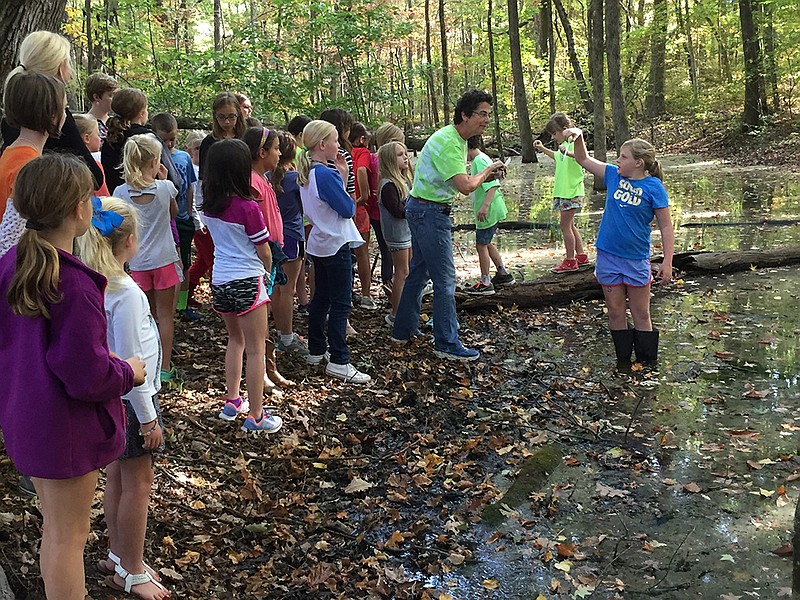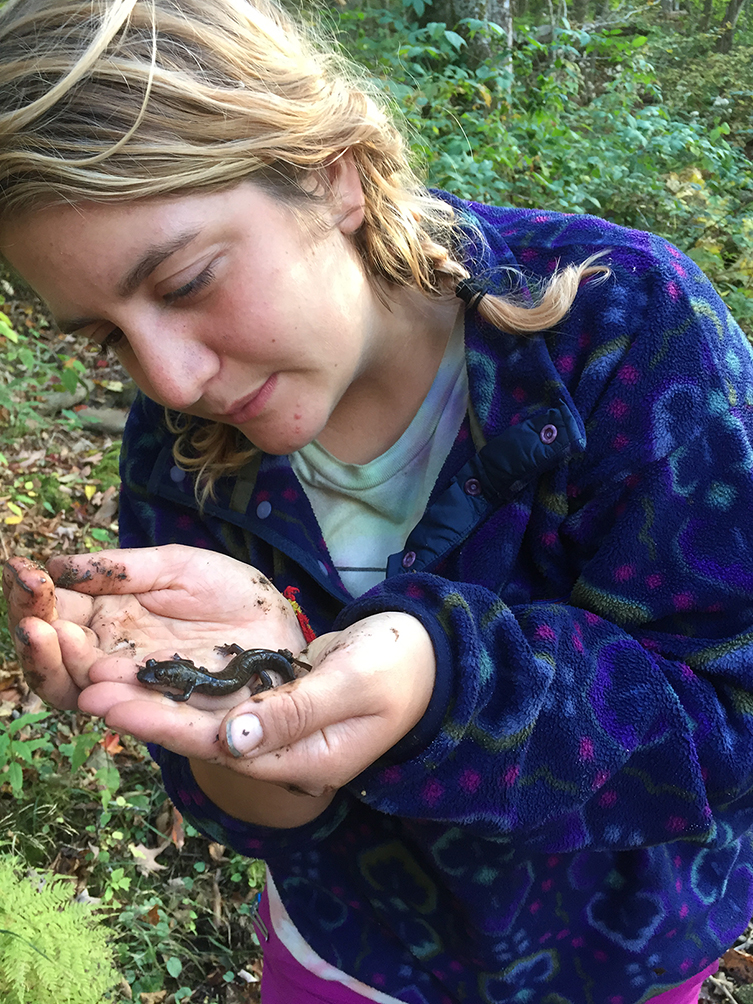When parents call their local water quality departments this summer asking if it's safe for their children to play in nearby streams, the answers won't just be coming from hydrologists with fancy lab equipment.
They'll also come from the small army of kids and community members who make up TenneSEA's Stream Teams.
TenneSEA is the local division of the Caribbean Student Environmental Alliance, founded and directed by Signal Mountain resident Mary Beth Sutton and dedicated to clean water programs in both the Caribbean and Southeastern Tennessee.
TenneSEA has long taught Chattanooga kids to care for their water, but its Stream Teams have helped young, local environmentalists take more ownership of the watersheds in their neighborhood.
The teams test the bacteria levels in different creeks after a big rainstorm or during scheduled times of the year, then report their findings to show any changes that may have occurred. TenneSEA then shares that data with local and state water quality specialists such as the Tennessee Department of Environment and Conservation - which, Sutton reminds testers, cannot be everywhere.
But the process is also meaningful for the kids who get involved.
"I have seen several groups of kids go, 'That's our creek. You can't do anything to our creek.' And that's a real change in tune," Sutton says.
The kids become scientists, she explains, and they get a chance to play a role in conservation while exploring the outdoors and honing their observation skills.
"Every action can make a difference, and every person can make a difference. No matter how tall or how small," Sutton says. "That's really important because kids don't get told that very often."
JOIN THE TEAM
Right now, the teams are made up of Boy Scouts, Environmental Club members from Thrasher Elementary on Signal Mountain and community volunteers across the area, but TenneSEA is looking for more recruits. If you’re interested in joining the Stream Team, email marybeth@caribbean-sea.org or ajohnson@caribbean-sea.org.
HOW IT WORKS:
The best part about bacteria testing is that it's really easy! Once you join a Stream Team, here's what you'll DO:
1. Collect 5 milliliters of water from a nearby creek and put it in a vial of agar solution, or "bacteria food," as Sutton likes to call it.*
2. Pour the liquid into a provided petri dish, which has been pre-treated with enzymes that turn different types of bacteria specific colors so they can be easily identified.
3. Close the petri dish and wait 24-48 hours for the bacteria to grow.
4. Count the number of bacteria colonies in the petri dish. Purple and blue ones, for example, will be E. coli, which comes from the guts of warm-blooded animals (yuck!) and can cause infections.
5. Send collected data and pictures of the sample to TenneSEA for evaluation. Make sure to note where and when the sample was collected so the data can be compared to past results for each area.
*Agar solution and petri dishes provided.
DISCOVERIES:
Findings vary from creek to creek, but the conclusions are often extremely informative.
Big find: A sample taken from upper Shoal Creek on Signal Mountain during last year's dry spell had an E. coli count of 360. But after rain broke the drought in late November, the number of E. coli colonies jumped to 54,600! You wouldn't want to swim in that (or anything with more than 400 colonies). After 24 hours, however, the bacteria count dropped to 1,520, and by Day 4, the creek returned to safe conditions.
Why it happens: When it rains, pollutants from the soil are washed into the water, but when there is no rain, more and more bacteria build up in the soil. Shoal Creek gets it especially bad since there are septic tanks on the mountain above it that drain when it rains.
What it means: Wait a few days after a big rainstorm before heading out to Shoal Creek, especially if it hasn't rained in a while.
Further investigation: Again, not all streams are the same. Mountain Creek, for example, located in Red Bank, has less bacteria after a big rainstorm. That's why TenneSEA needs all the help it can get to test every area.

